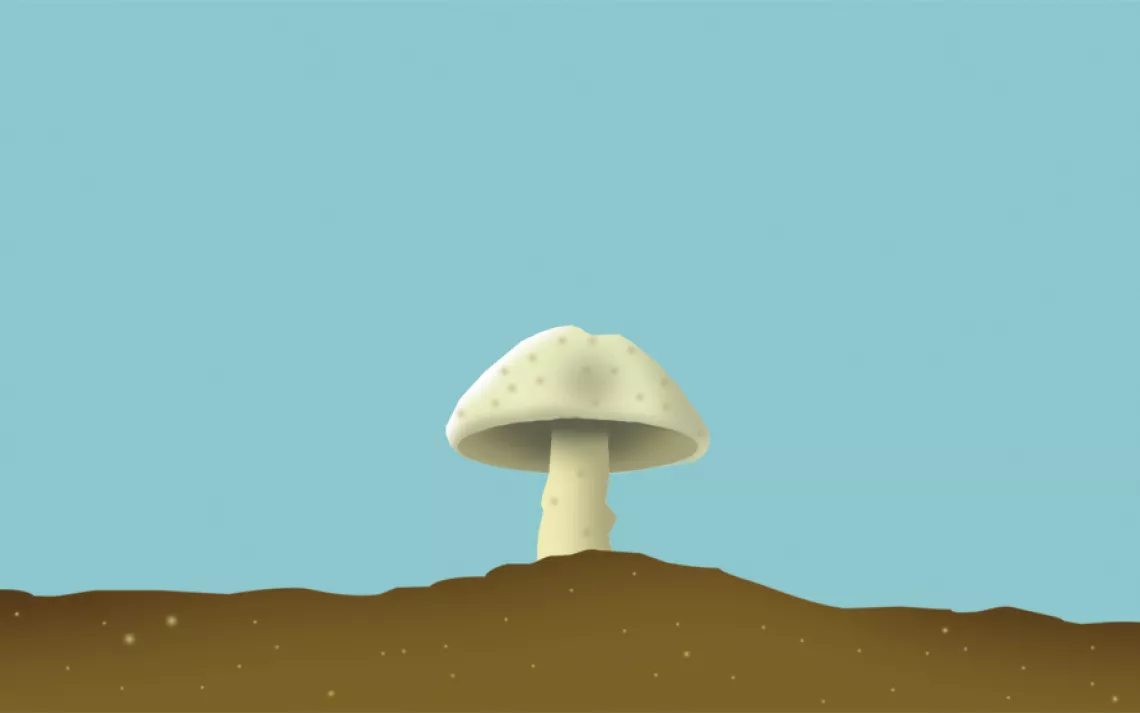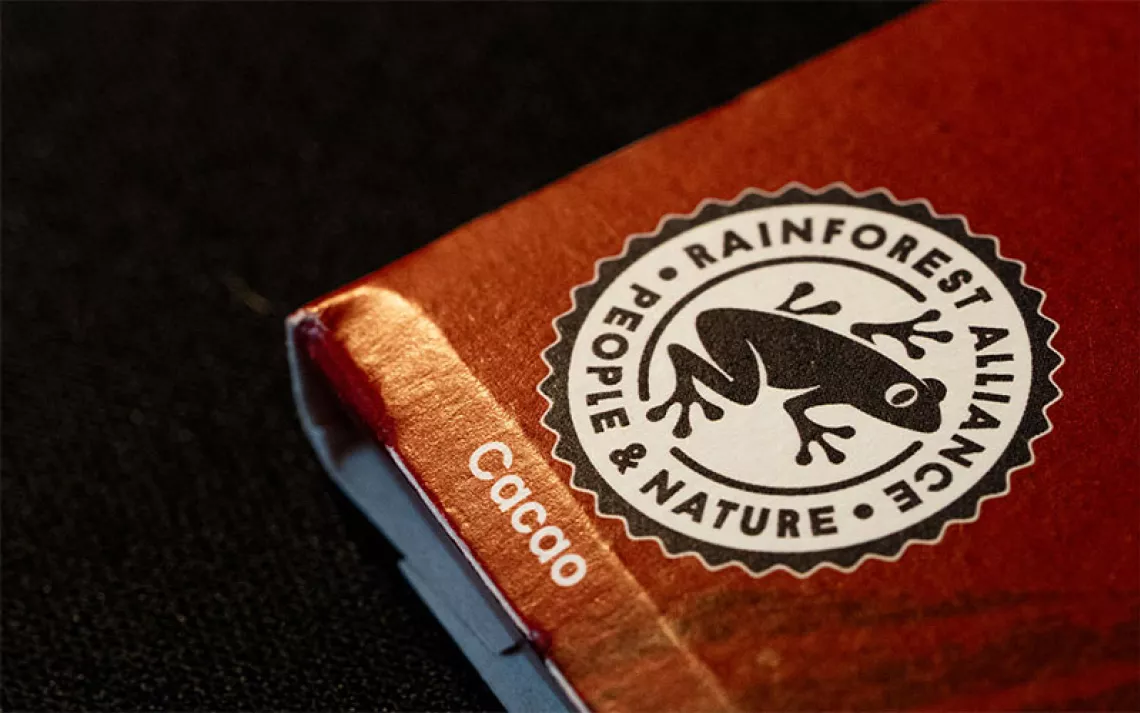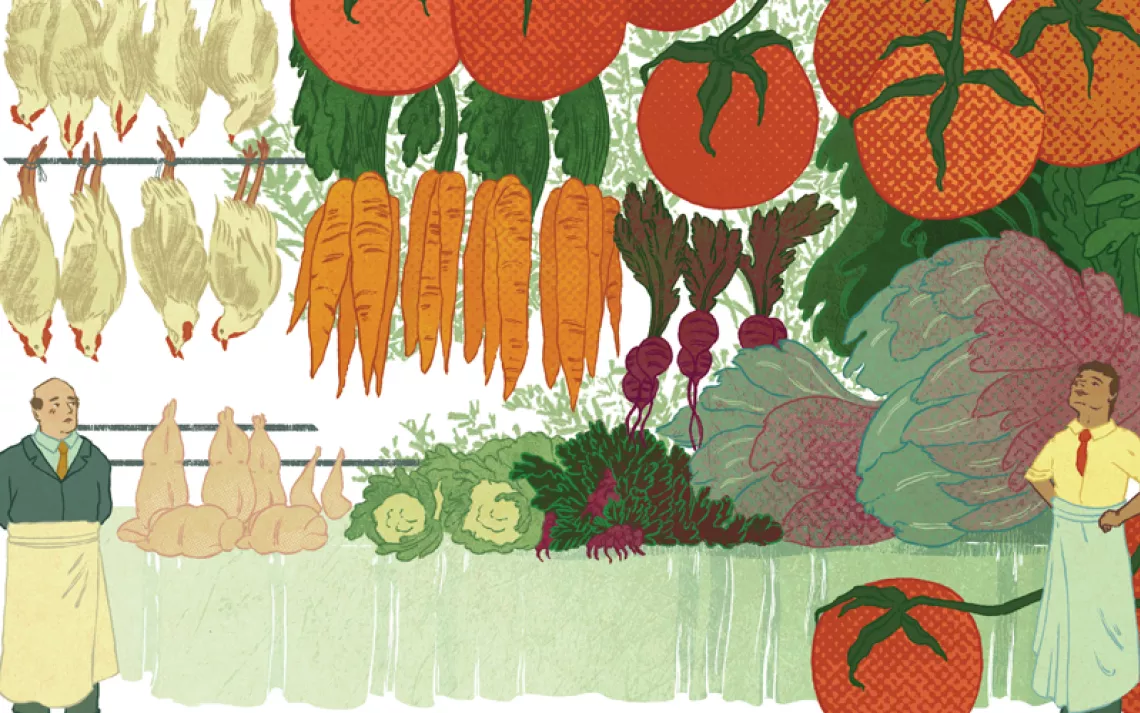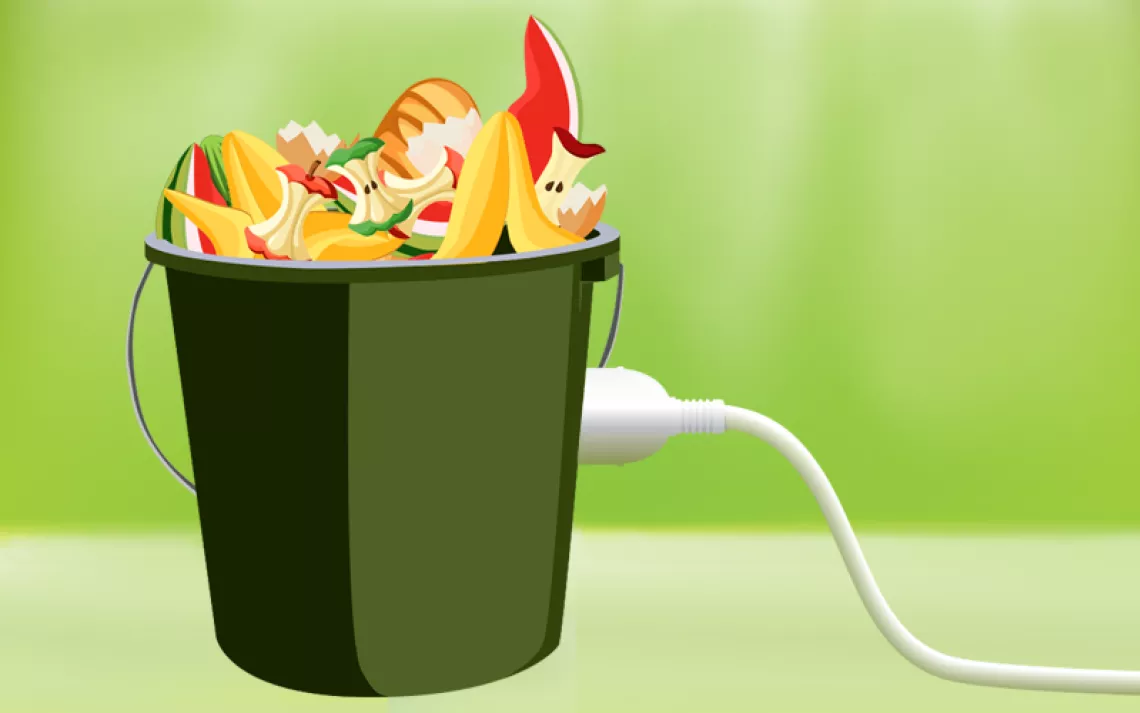In the future, will mushrooms solve all our problems?

STYROMUSH Polystyrene--a.k.a. Styrofoam--is toxic, energy intensive, and nonbiodegradable. But it's useful for packaging and insulation. Now a company called Ecovative has an alternative: a mushroom-derived bioplastic that functions like Styrofoam but can be composted in your backyard. The company grows the material using locally derived agricultural waste, like corn husks or rice hulls, that has been inoculated with fungal mycelium (the rootlike part of a mushroom) and placed in a mold. Over five days the mycelium devour the woody biomass, producing a bioplastic in the shape of the mold. Beyond packing peanuts, the technique has applications in construction, cars, shoes, and even surfboards.
SUPER SOILS Soil is one of the largest reservoirs of carbon on the planet, and a lot of that storage power comes from mycorrhizal fungi, which live among plant roots and help them pull nitrogen out of the dirt. Researchers from the University of Texas, Boston University, and the Smithsonian Tropical Research Institute recently found that ectomycorrhizal and ericoid mycorrhizal (EEM) fungi are particularly important for carbon storage; soils dominated by them store as much as 70 percent more carbon than other soils. This suggests that fungus-rich forest soils could prove to be major carbon sinks--another argument for their preservation.
MYCOREMEDIATION In January, volunteers from the nonprofit OceanBlueProject mixed yellow oyster mushroom spawn with straw and coffee grounds, ladled it into burlap sacks, and placed the bundles by storm drains in Corvallis, Oregon. Mycelium break down oil and pesticides and metabolize (thereby neutralizing) coliform bacteria, a process that mycologist Paul Stamets calls "mycoremediation." OceanBlueProject is conducting a three-year study to see whether the mushroom bags can reduce the number of pathogens flowing from storm runoff into Sequoia Creek and from there to the Willamette River. Signs on the bags warn passersby not to eat the mushrooms sprouting within.
 The Magazine of The Sierra Club
The Magazine of The Sierra Club







